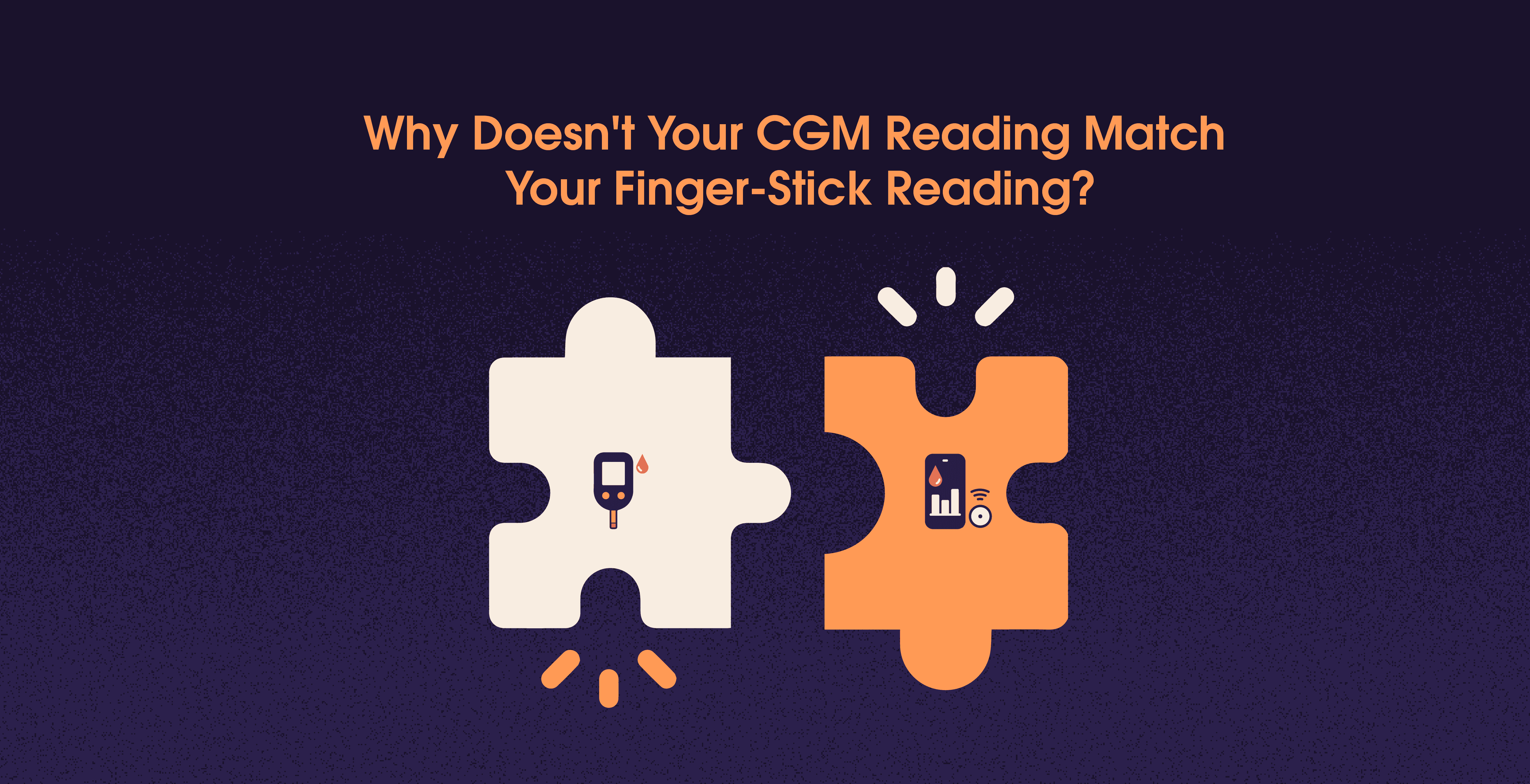How Food Logging Changed Blood Sugar Levels—and It Can Help You Too
Oct 16, 2024
Sayfali Rawlani
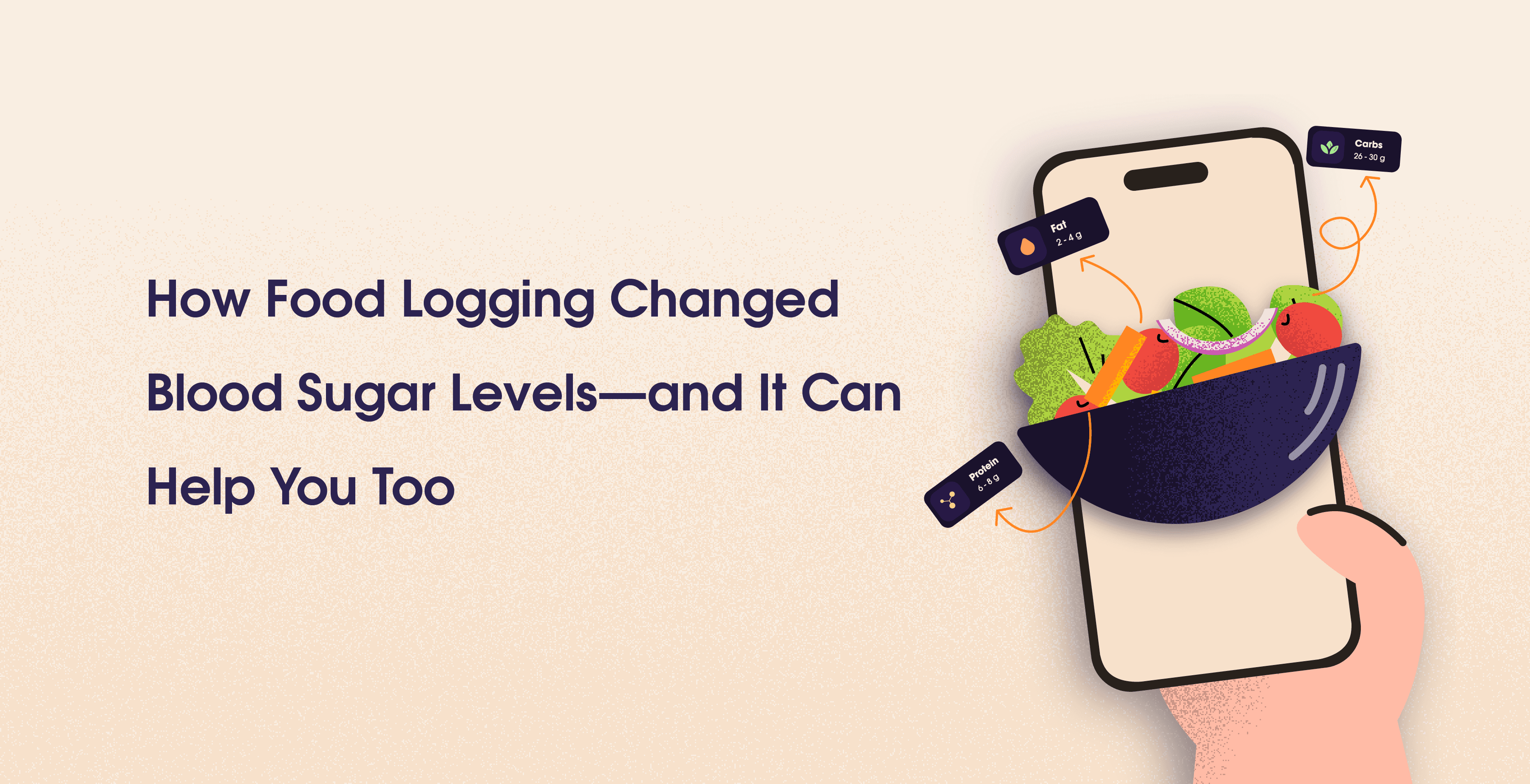


Table Of Contents
If you’ve ever tried to stay on top of your health, you know it’s not easy—especially when it comes to managing blood sugar. For anyone dealing with prediabetes, diabetes or even just trying to avoid those dreaded sugar spikes, the question is often the same: how do you get a handle on it? Well, one method that’s been gaining traction is food logging—basically keeping track of everything you eat. And while it might seem like another task on an already long to-do list, the benefits can be game-changing.
So, how exactly does food logging make a difference in managing blood sugar? And more importantly, how can it help you? Let’s dig in.
Highlights
Keeping track of what you eat, you can pinpoint which foods cause sudden spikes or dips in your blood sugar, making it easier to manage your levels.
When you log your meals, you're more likely to notice if you're getting the right balance of proteins, healthy fats, and complex carbs, which helps keep your blood sugar steady.
Food logging makes it easier to see if you're eating at regular intervals, which is crucial for preventing blood sugar fluctuations caused by skipping meals or eating at inconsistent times.
Keeping track of your portion sizes can help prevent overeating, especially when it comes to foods that can spike your blood sugar, like refined carbs or sugary snacks.
Over time, food logging can show you patterns in how your diet affects your blood sugar, helping you make more informed decisions about what and when to eat.
Apps designed for food logging can streamline the process, offering insights and even real-time feedback when combined with a continuous glucose monitor (CGM), so you can see exactly how different foods impact your levels.
Research shows that people who consistently log their food tend to have better control over their blood sugar levels, especially those managing diabetes.
Begin by logging everything you eat, be honest with your entries, and use tools like measuring cups to track portion sizes accurately. Pairing with a CGM can give you immediate feedback, helping you refine your diet even further.
The Connection Between What You Eat and How You Feel
We’ve always heard that what we eat affects our bodies, but it becomes essential when it comes to blood sugar. Every meal, snack, and sugary drink sets off a chain reaction in the body. It’s not just about calories; it’s about how much sugar enters your bloodstream and how quickly it happens.
Here’s the deal: when you eat, especially carbs, your body breaks them down into glucose (sugar), which then flows into your blood. Normally, insulin jumps in to help your cells use that sugar for energy. But if your diet’s a bit out of whack, particularly if it’s packed with simple carbs or sugar-loaded treats, things can get messy. Blood sugar spikes, crashes, and before you know it, you’re on a rollercoaster of highs and lows.
That’s where food logging steps in—it gives you a chance to step off the wild ride and see what’s really going on.
Food Logging - What Is It?
Food logging is just what it sounds like jotting down everything you eat and drink throughout the day. But it’s more than just a list. This log usually includes:
Type of food or beverage consumed
Portion sizes
Macronutrient content (carbohydrates, proteins, fats)
Timing of meals and snacks
Any symptoms or feelings post-meal, such as fatigue or spikes in energy
It’s your personal blueprint for how your body reacts to food. Think of it as a way to connect the dots between your diet and how you feel afterward.
When you log your meals, you’re tracking the type of food, portion sizes, and even timing. Apps like trst health is a great tool, letting you get as detailed as you want. But beyond the numbers, the real magic comes in when you start noticing patterns—like that 3 p.m. sugar crash or how your energy dips after a carb-heavy lunch.
Here’s How Food Logging Can Change the Game
Spot the Culprits Behind Your Sugar Spikes
Ever felt like you were doing everything right, but your blood sugar still spiked for no reason? Well, that’s the beauty of food logging—it brings those hidden offenders to light. By logging your meals and tracking blood sugar levels (maybe with the help of a continuous glucose monitor or CGM), you can see exactly which foods are causing those spikes. Spoiler: it’s often the sneaky stuff like that “healthy” granola bar or your favorite pasta dish that’s doing the damage. Once you figure that out, you can tweak your meals accordingly.
Build Meals That Work for You
Logging your food helps you create a balance, not just in life but on your plate. A good mix of protein, healthy fats, and complex carbs can help smooth out those sugar peaks and valleys. You’ll start to see how certain combos work better for you—like pairing a lean protein with whole grains instead of going carb-heavy. That grilled chicken and quinoa bowl might suddenly feel like a revelation when compared to a massive plate of white rice.
Timing Is Everything
It’s not just what you eat; it’s when you eat that counts. Skipping breakfast or going too long between meals? Your blood sugar’s going to notice. Food logging helps you map out the times of day when you’re eating, so you can keep things more regular. And regular meals = more consistent blood sugar levels. Plus, smaller, more frequent meals might just be the trick to avoiding that late-afternoon crash.
Portion Control Becomes Second Nature
Let’s be real: eyeballing portion sizes can be tricky. That handful of almonds? Probably more like two servings. By logging your food, you start to get a feel for what an actual portion looks like, which is crucial if you’re trying to keep blood sugar steady. It’s not about obsessing over every gram but becoming aware of what’s going on your plate.
See the Big Picture Over Time
Food logging is a long game. After a few weeks, you start noticing trends that you wouldn’t have caught otherwise. You might see that cutting back on bread at dinner helped even out your mornings, or that adding more fiber has made your afternoon snacks more satisfying. It’s like having a personal report card that lets you fine-tune your diet as you go.
Food Logging Goes Digital
Nowadays, numerous digital tools are available to simplify the process of food logging. Using apps like MyFitnessPal or Carb Manager makes logging less of a chore. Plus, many of them sync up with devices like continuous glucose monitors, giving you real-time feedback on how your meals affect your sugar levels. It’s like having a health coach in your pocket.
These apps not only help you log, but they also give insights into the nutritional breakdown of your meals, suggest healthier alternatives, and track your progress. That means you can start seeing results faster and make smarter food choices with way less guesswork.
Why Food Logging Works
There’s research to back this up, too. A study on people with Type 2 diabetes found that those who logged their meals regularly had better blood sugar control than those who didn’t. In fact, some saw a significant drop in their HbA1c levels (which is a fancy way of saying their average blood sugar over time improved). Beyond the data, participants also reported feeling more in control of their eating habits, less stressed about food, and better able to stick to their health goals.
Food Logging for You: Easy Tips to Get Started
Alright, so you’re sold on the idea, but where do you start? Here are a few tips to make food logging feel less like a job and more like a habit:
Consistency is Key: Don’t just log breakfast and call it a day. Track everything, even the little snacks that sneak in during the day.
Measure It Out: When you first start, use measuring cups or a food scale to get a feel for portion sizes. You’d be surprised how different your perception is from reality.
Keep It Honest: Tempting as it is to skip logging that cookie or candy bar, the more honest your log, the more useful it’ll be.
Pair It With a CGM: If you really want to see what’s happening with your blood sugar in real time, pair your food log with a continuous glucose monitor. You’ll start seeing the impact of meals within minutes.
Don’t Stress Over Perfection: Some days you’ll forget to log or you’ll mess up your portions. That’s fine! It’s about progress, not perfection.
The Bottom Line
Food logging might seem like a lot at first, but once you get into the rhythm, it can change the way you think about eating—and the way your body reacts to food. Whether you’re managing diabetes or just trying to keep your energy steady throughout the day, tracking what you eat is one of the simplest, most effective tools you can have in your arsenal. So grab an app, start writing things down, and see for yourself how food logging can put you back in control of your blood sugar—and your life.
References
If you’ve ever tried to stay on top of your health, you know it’s not easy—especially when it comes to managing blood sugar. For anyone dealing with prediabetes, diabetes or even just trying to avoid those dreaded sugar spikes, the question is often the same: how do you get a handle on it? Well, one method that’s been gaining traction is food logging—basically keeping track of everything you eat. And while it might seem like another task on an already long to-do list, the benefits can be game-changing.
So, how exactly does food logging make a difference in managing blood sugar? And more importantly, how can it help you? Let’s dig in.
Highlights
Keeping track of what you eat, you can pinpoint which foods cause sudden spikes or dips in your blood sugar, making it easier to manage your levels.
When you log your meals, you're more likely to notice if you're getting the right balance of proteins, healthy fats, and complex carbs, which helps keep your blood sugar steady.
Food logging makes it easier to see if you're eating at regular intervals, which is crucial for preventing blood sugar fluctuations caused by skipping meals or eating at inconsistent times.
Keeping track of your portion sizes can help prevent overeating, especially when it comes to foods that can spike your blood sugar, like refined carbs or sugary snacks.
Over time, food logging can show you patterns in how your diet affects your blood sugar, helping you make more informed decisions about what and when to eat.
Apps designed for food logging can streamline the process, offering insights and even real-time feedback when combined with a continuous glucose monitor (CGM), so you can see exactly how different foods impact your levels.
Research shows that people who consistently log their food tend to have better control over their blood sugar levels, especially those managing diabetes.
Begin by logging everything you eat, be honest with your entries, and use tools like measuring cups to track portion sizes accurately. Pairing with a CGM can give you immediate feedback, helping you refine your diet even further.
The Connection Between What You Eat and How You Feel
We’ve always heard that what we eat affects our bodies, but it becomes essential when it comes to blood sugar. Every meal, snack, and sugary drink sets off a chain reaction in the body. It’s not just about calories; it’s about how much sugar enters your bloodstream and how quickly it happens.
Here’s the deal: when you eat, especially carbs, your body breaks them down into glucose (sugar), which then flows into your blood. Normally, insulin jumps in to help your cells use that sugar for energy. But if your diet’s a bit out of whack, particularly if it’s packed with simple carbs or sugar-loaded treats, things can get messy. Blood sugar spikes, crashes, and before you know it, you’re on a rollercoaster of highs and lows.
That’s where food logging steps in—it gives you a chance to step off the wild ride and see what’s really going on.
Food Logging - What Is It?
Food logging is just what it sounds like jotting down everything you eat and drink throughout the day. But it’s more than just a list. This log usually includes:
Type of food or beverage consumed
Portion sizes
Macronutrient content (carbohydrates, proteins, fats)
Timing of meals and snacks
Any symptoms or feelings post-meal, such as fatigue or spikes in energy
It’s your personal blueprint for how your body reacts to food. Think of it as a way to connect the dots between your diet and how you feel afterward.
When you log your meals, you’re tracking the type of food, portion sizes, and even timing. Apps like trst health is a great tool, letting you get as detailed as you want. But beyond the numbers, the real magic comes in when you start noticing patterns—like that 3 p.m. sugar crash or how your energy dips after a carb-heavy lunch.
Here’s How Food Logging Can Change the Game
Spot the Culprits Behind Your Sugar Spikes
Ever felt like you were doing everything right, but your blood sugar still spiked for no reason? Well, that’s the beauty of food logging—it brings those hidden offenders to light. By logging your meals and tracking blood sugar levels (maybe with the help of a continuous glucose monitor or CGM), you can see exactly which foods are causing those spikes. Spoiler: it’s often the sneaky stuff like that “healthy” granola bar or your favorite pasta dish that’s doing the damage. Once you figure that out, you can tweak your meals accordingly.
Build Meals That Work for You
Logging your food helps you create a balance, not just in life but on your plate. A good mix of protein, healthy fats, and complex carbs can help smooth out those sugar peaks and valleys. You’ll start to see how certain combos work better for you—like pairing a lean protein with whole grains instead of going carb-heavy. That grilled chicken and quinoa bowl might suddenly feel like a revelation when compared to a massive plate of white rice.
Timing Is Everything
It’s not just what you eat; it’s when you eat that counts. Skipping breakfast or going too long between meals? Your blood sugar’s going to notice. Food logging helps you map out the times of day when you’re eating, so you can keep things more regular. And regular meals = more consistent blood sugar levels. Plus, smaller, more frequent meals might just be the trick to avoiding that late-afternoon crash.
Portion Control Becomes Second Nature
Let’s be real: eyeballing portion sizes can be tricky. That handful of almonds? Probably more like two servings. By logging your food, you start to get a feel for what an actual portion looks like, which is crucial if you’re trying to keep blood sugar steady. It’s not about obsessing over every gram but becoming aware of what’s going on your plate.
See the Big Picture Over Time
Food logging is a long game. After a few weeks, you start noticing trends that you wouldn’t have caught otherwise. You might see that cutting back on bread at dinner helped even out your mornings, or that adding more fiber has made your afternoon snacks more satisfying. It’s like having a personal report card that lets you fine-tune your diet as you go.
Food Logging Goes Digital
Nowadays, numerous digital tools are available to simplify the process of food logging. Using apps like MyFitnessPal or Carb Manager makes logging less of a chore. Plus, many of them sync up with devices like continuous glucose monitors, giving you real-time feedback on how your meals affect your sugar levels. It’s like having a health coach in your pocket.
These apps not only help you log, but they also give insights into the nutritional breakdown of your meals, suggest healthier alternatives, and track your progress. That means you can start seeing results faster and make smarter food choices with way less guesswork.
Why Food Logging Works
There’s research to back this up, too. A study on people with Type 2 diabetes found that those who logged their meals regularly had better blood sugar control than those who didn’t. In fact, some saw a significant drop in their HbA1c levels (which is a fancy way of saying their average blood sugar over time improved). Beyond the data, participants also reported feeling more in control of their eating habits, less stressed about food, and better able to stick to their health goals.
Food Logging for You: Easy Tips to Get Started
Alright, so you’re sold on the idea, but where do you start? Here are a few tips to make food logging feel less like a job and more like a habit:
Consistency is Key: Don’t just log breakfast and call it a day. Track everything, even the little snacks that sneak in during the day.
Measure It Out: When you first start, use measuring cups or a food scale to get a feel for portion sizes. You’d be surprised how different your perception is from reality.
Keep It Honest: Tempting as it is to skip logging that cookie or candy bar, the more honest your log, the more useful it’ll be.
Pair It With a CGM: If you really want to see what’s happening with your blood sugar in real time, pair your food log with a continuous glucose monitor. You’ll start seeing the impact of meals within minutes.
Don’t Stress Over Perfection: Some days you’ll forget to log or you’ll mess up your portions. That’s fine! It’s about progress, not perfection.
The Bottom Line
Food logging might seem like a lot at first, but once you get into the rhythm, it can change the way you think about eating—and the way your body reacts to food. Whether you’re managing diabetes or just trying to keep your energy steady throughout the day, tracking what you eat is one of the simplest, most effective tools you can have in your arsenal. So grab an app, start writing things down, and see for yourself how food logging can put you back in control of your blood sugar—and your life.
References
Table Of Contents
Table Of Contents
Table Of Contents
Read More
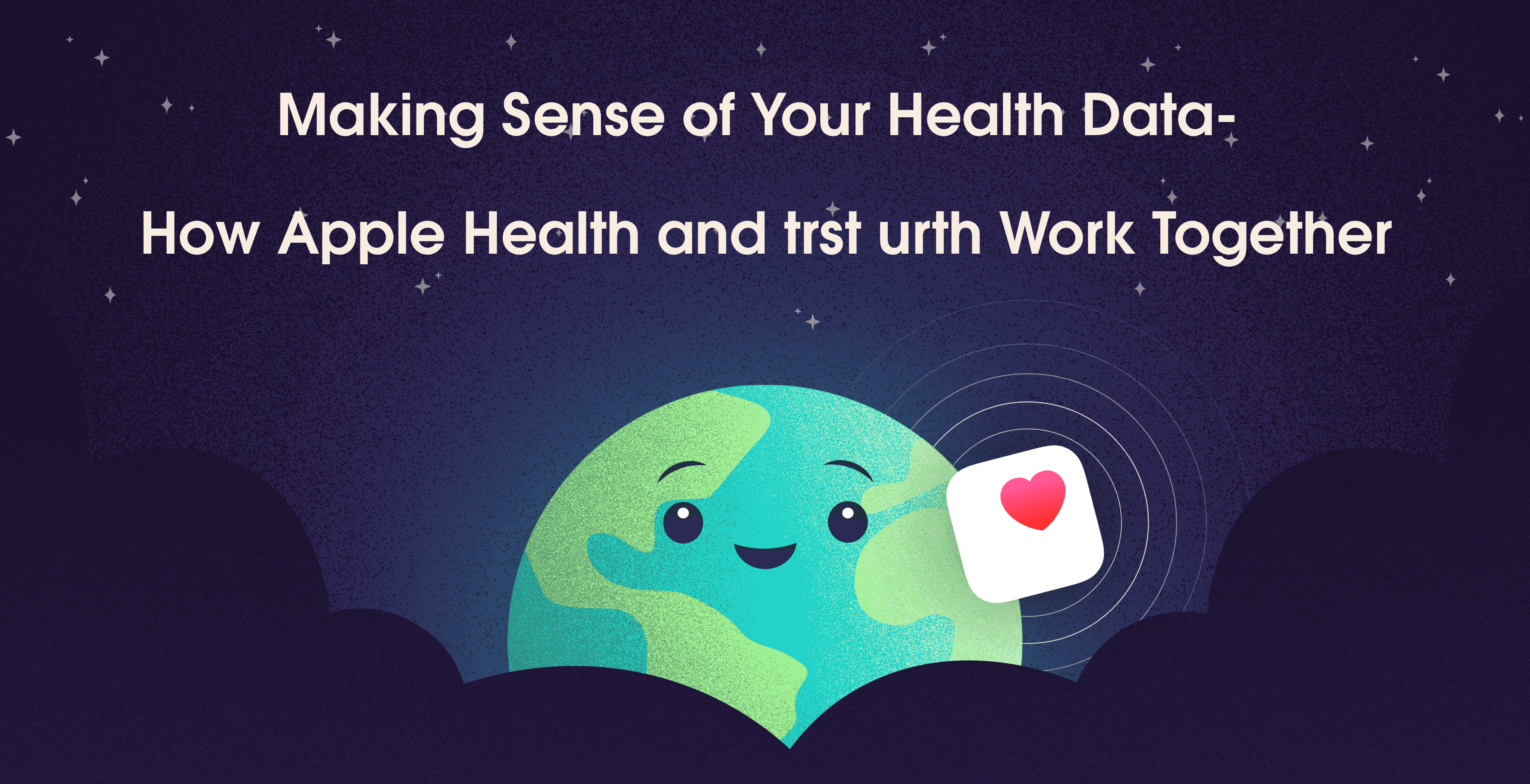

Feb 3, 2025
Aparna Hurtis
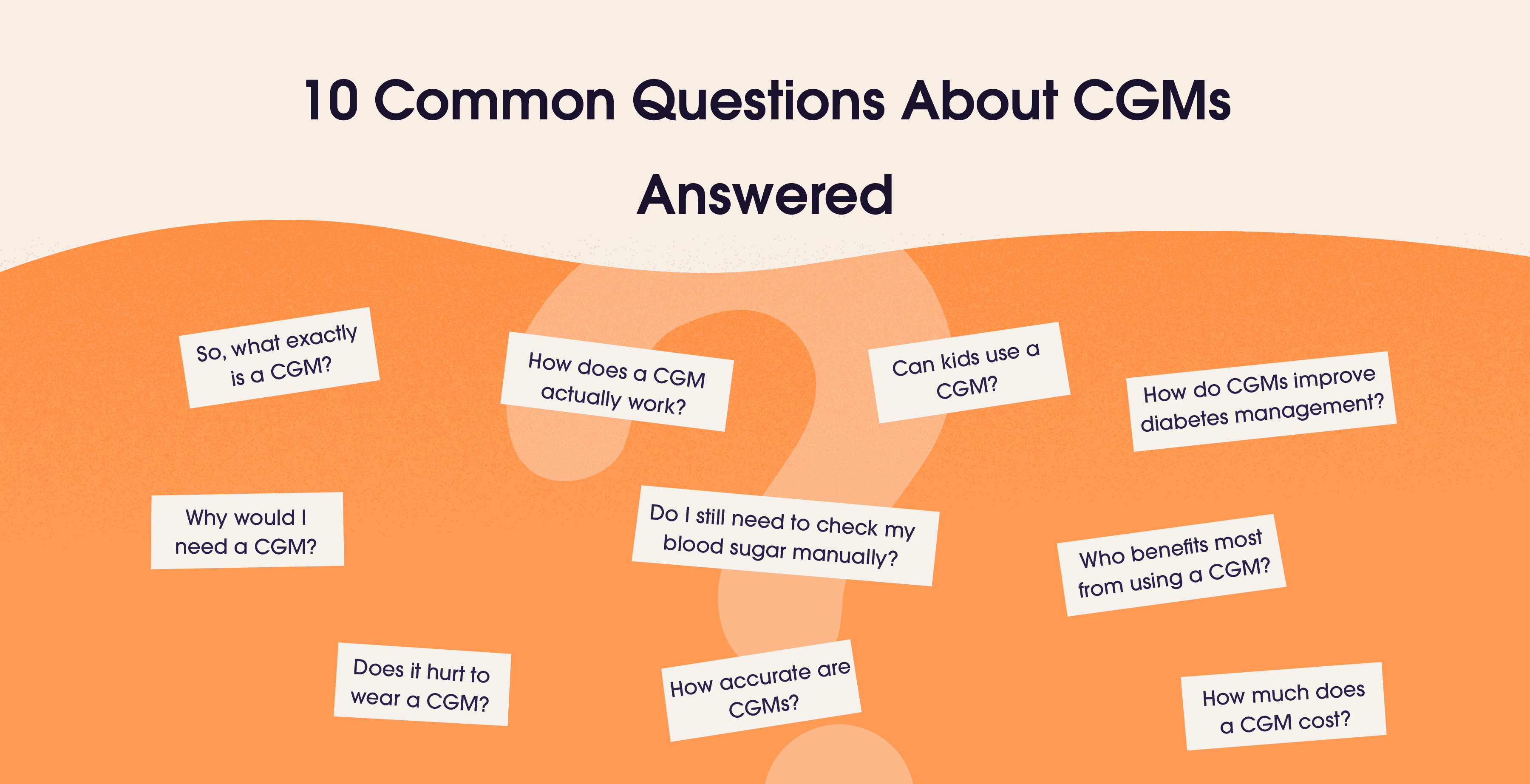

Oct 9, 2024
Sayfali Rawlani
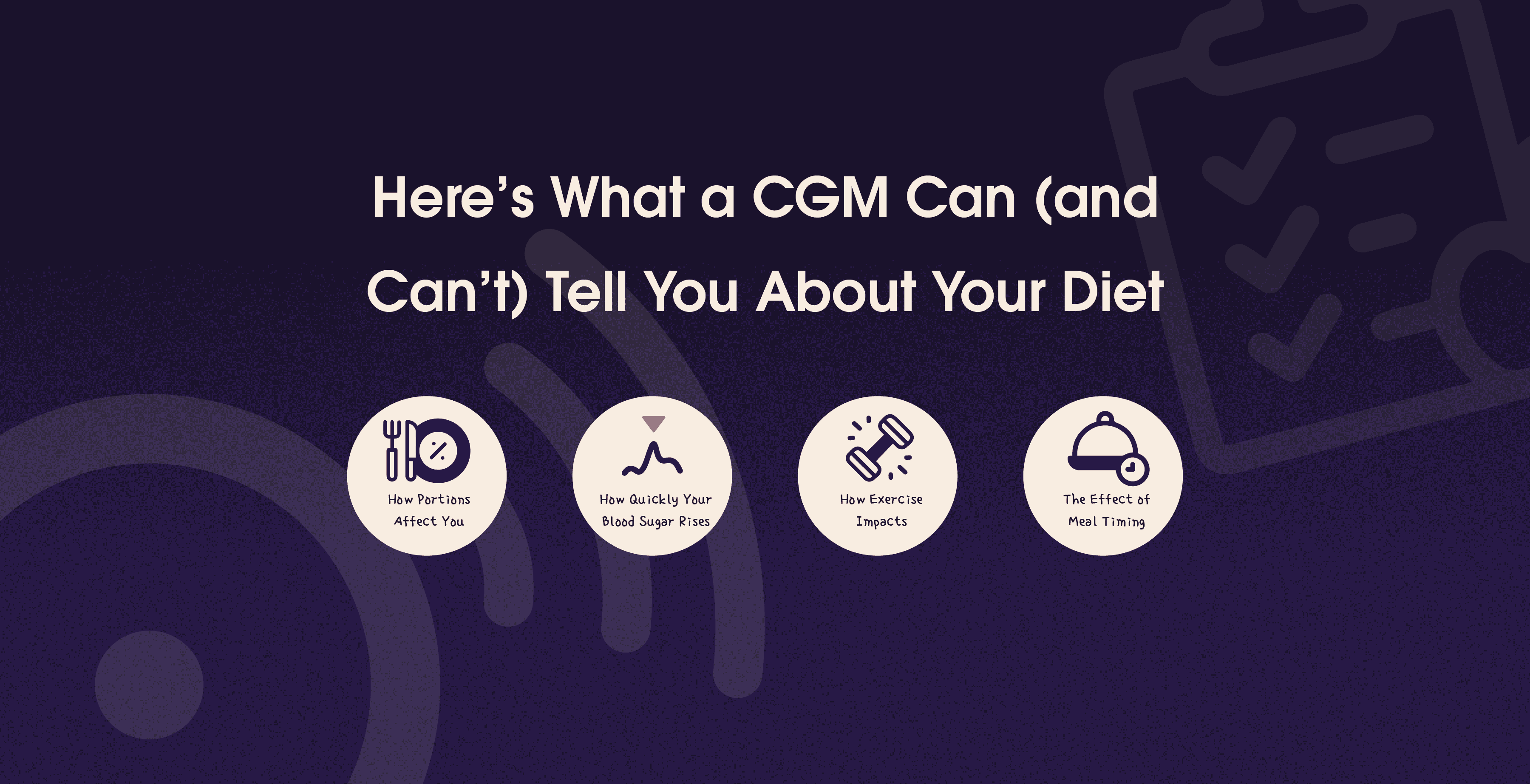

Oct 7, 2024
Sayfali Rawlani



Copyright © 2025 trst health. All right reserved.

